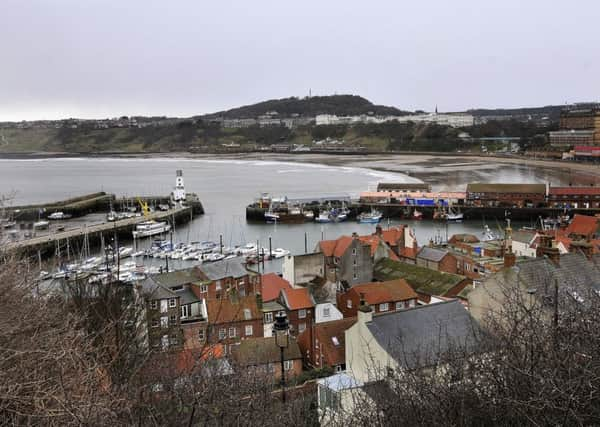Boats could be forced to carry dye tablets to highlight dumped waste


Scarborough’s sweeping South Bay, popular with tourists, was last year revealed as one of seven bathing spots in the UK which failed to meet minimum standards. In an unusual move, scientists had been drafted in to carry out DNA profiling to identify the cause, but while waste from seagulls, dogs and humans was all found to be present, no single pollutant could be deemed responsible for the failed cleanliness tests.
Now, as new policies to prevent waste dumping in the harbour water come into force, it emerges vessels could be forced to carry dye tablets to prove they are co-operating.
Advertisement
Hide AdAdvertisement
Hide Ad“We have no evidence that anybody is doing it, but because of the bathing water quality at Scarborough South bay, we want to take proactive measures,” said Coun Mike Cockerill, Scarborough Council portfolio holder for harbours.
“It’s a case of doing anything that we can to improve the bathing water quality. Most boat owners are very environmentally inclined.”
Before April 1, boats could empty their waste while in the harbour, but new council rules prohibit vessels from doing so. The harbour jurisdiction can extend up to two miles offshore. Holding tanks can now only be emptied more than three miles offshore, in open sea, where waste can quickly disperse.
“This measure is designed to help protect the water quality within our areas and make our seas cleaner for both humans and wildlife,” a spokesman for the council said.
Advertisement
Hide AdAdvertisement
Hide AdThe dye tablets could be introduced to make identifying offenders easier, and it is believed that Yorkshire harbours will be the first in the United Kingdom to use this approach.
“We need to be prudent and proactive,” said Coun Cockerill. “Part of the problem is that we know some of the causes of the pollution but we don’t know where it’s coming from. We believe this will help. It will take some potential pollution out of the environment.”
Water quality spot-checks, taken intermittently, can be influenced by external factors such as storms, he said, and the council has now purchased equipment so it can carry out its own routine checks to identify issues.
“Everybody wants to be able to enjoy going to the seaside, and going into the sea,” he said. “It’s in everybody’s interests to get this sorted out.”
Advertisement
Hide AdAdvertisement
Hide AdThe bathing water DNA profile published last year, by the National Laboratory Service (NLS), made clear that a number of factors were responsible for pollution. Industrial effluent – thought by some to have had a major impact on pollution – was only an influence in South Bay “occasionally”, it found.
Scarborough Council had triggered the report due to concerns that below-par quality of water samples could affect the resort’s standing in new EU Blue Flag regulations. As the findings were published, the Yorkshire Bathing Water Partnership said it was to draw up an action plan to ease pollution.
Scarborough Council already has a ban on dogs using the beach in the main holiday period from April to October and has brought in a range of measures to control gull populations.